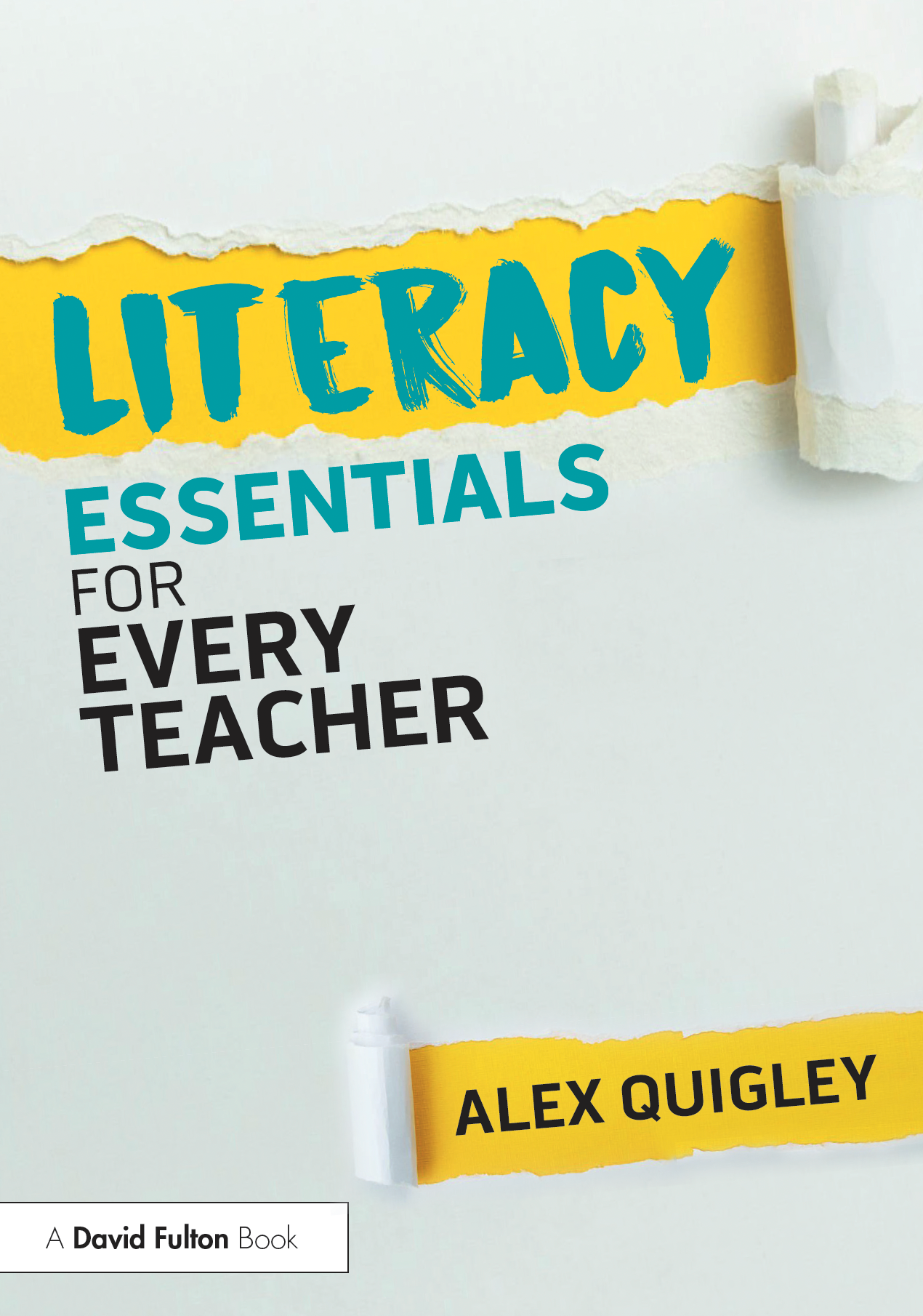This practical post on a couple of teaching and learning strategies is wholly indebted to an excellent trio of posts from Doug Lemov, of ‘Practice Perfect‘ and ‘Teach Like A Champion‘ fame. His series is based on the concept of ‘disciplined discussion‘. I love this simple phrase as it neatly summarises an essential component of learning that we should think deeply about: carefully constructed and scaffolded student talk, with high quality feedback. There is a whole world of difference between students simply chatting away with the alleged intent of learning and the focused, disciplined discussion that Lemov advocates.
Lemov trio begins with part 1. This post explores how in some lessons that Doug observes he notices a tangible difference in the quality of student talk. When he considers the difference he notes in the mathematics lesson that the teacher is highly specific in keeping student responses tied to the core message of the lesson on rates of change. Keeping the students ‘inside the box‘, without stifling creativity, or damaging their sense of curiosity. This teacher led control of discussion is disciplined and valuable in the context of the lesson.
In Part II Lemov packs his post with practical ideas for discussion and quality feedback. There is useful guidance for quality feedback, habits of discussion and useful prompts to continue the discussion. My favourite part of the post is the explanation of ‘Direct Intentional Feedback‘. I will return to this in a moment.
Part III includes a useful video example of Socratic discussion. I have always been a fan of Socratic questioning circles, including the strategy in my most popular post on questioning: Questioning – Top Ten Strategies . I think it is a highly skilled approach to debate that can only ever being used sparingly, but it is worth the time undertaken to structure the activity. It can help develop upon the ideas and viewpoints of students in a given debate, whilst training students to listen intently.
Response to Doug Lemov: High Impact Questioning and Feedback
Returning to Lemov’s idea of ‘disciplined discussion‘, I think there is a real skill in disciplined questioning. Doug would describe it as ‘cold calling‘ – in England it is more commonly labelled the ‘no hands up‘ approach, whereat the teacher directs questions tailored at individual students. Whilst ‘no hands up‘ needn’t be used all the time, this mode of questioning is in my opinion the most effective. It can be precisely targeted and scaffolded to meet the needs of individual students.

‘The Question ladder‘: One simple strategy I apply when planning a lesson is to devise a sequence of questions that form a ladder, most often with an escalating degree of challenge and complexity. By thoughtfully constructing such questions, beginning with more closed , recall style questions, before utilising more open, conceptually challenging questions, you can lead students through any given topic. The questions form a ladder as each question builds upon their specific knowledge of the text or topic at hand. One example would be this sequence of questions I used with my A level English Literature class based on ‘Dr Faustus‘, focusing the question sequence on the concept of sinfulness and pride:
Q1. The classical Greek term for excessive pride is ‘hubris’ – who most famously devised this definition in his ‘Poetics’?
Q2. What other deadly sin is linked to pride in the play and why? Evidence?
Q3. Why does Marlowe use myths like Icarus and contemporary characters like the Pope and the Emperor to represent pride?
Q4. How does pride link Dr Faustus with Dr Frankenstein? Any other literary references?
Q5. ‘Pride comes before a fall’ is a common aphorism. How far does this aphorism neatly sum up the moral message of Marlowe’s play, ‘Dr Faustus’?
Prior to the lesson I thought carefully about who I would address each question to and who I’d aim to elicit a follow up response. Questions can be tailored to students. Like the Goldilocks principle, a question can be just hard enough to challenge, without being beyond a student. Clearly, question 4 is best addressed to a student who is well read and unfortunately that does not describe all of the students in the class. By targeting crafted questions that are scaffolded for individual students you can create better quality ‘disciplined discussion‘.
The next step is to enhance the discipline of the secondary responses by other students in the group. There is where ‘disciplined feedback‘ and ‘ABC feedback‘ comes into play.

‘ABC Feedback‘: This is one of my most effective teaching strategies. No handouts, cut ups or laminated cards. Simply clear, guided steps for quality feedback.
This simple strategy has probably had the biggest impact upon my practice, relative to the effort it takes to implement, over the last couple of years in the classroom. It is incredibly easy, but it adds a sophisticated degree of differentiation into the questioning process. By asking students to Agree with; Build upon; or Challenge the answers of other students it allows students to develop their ideas in a more disciplined fashion, whilst giving a helpful scaffold to their ideas. By selecting the right students based on an escalating degree of challenge, we can give them options – the Agree with often being the ‘easiest‘ response, but not always; whereas some students can Build upon and Challenge previous responses. By bouncing these questions around the room you can exemplify differentiated progress of the highest order.
Here is an example:
Teacher question: Which character would you most like to sit next to?
Student A answer: I would most like to sit next to Crooks. As he can read well, because he owns books, he could help me with answers and we could discuss our ideas.
Teacher question: Student B, give some ABC feedback based on A’s answer.
Student B answer: I would build upon that idea: Crooks would be good to get answers from, but he might result in me being excluded from my friends, just because I was speaking to a black man in such a racist place. Therefore I would probably challenge A’s answer, choosing Slim instead. Slim is also intelligent, but he is popular, and you have to think about having friends as well as giving good answers in class.
By bouncing the questions around the class, it increases the level of inclusivity, whilst also potentially increasing engagement and listening skills, as students know they may be asked to respond to the answers given by other students. I think this has an attendant benefit for student behaviour too as it ensures active listening and creates greater discipline to the classroom talk.
Once embedded, this simple code can become synonymous with disciplined peer discussion. You could create ‘talking trios‘ (any group larger than three often encourages individuals to lag and leave the ‘work‘ to others) that use ABC to structure their discussion.
What will stop them drifting off topics you may ask? One great strategy is to use ‘spotlighting‘. That is to say, circulate the room and listen in on debate, but intermittently stop near a group and raise your hand – a pre-arranged signal to the group to stop their debate and listen in to the group under the spotlight. The group that is ‘spotlighted‘ simply carry on their talk for a minute or so – giving the whole class the change to consider another debate; whilst simultaneously shining a light on how well a group is debating and using the ABC model.
Put simply, Doug Lemov focuses upon the heart of good pedagogy – as old as education itself – high quality discussion and feedback. It is at once incredibly simple and maddeningly difficult to get it right. ‘Disciplined discussion‘ and the discipline of ‘ABC feedback‘ just might be the answer.






Comments